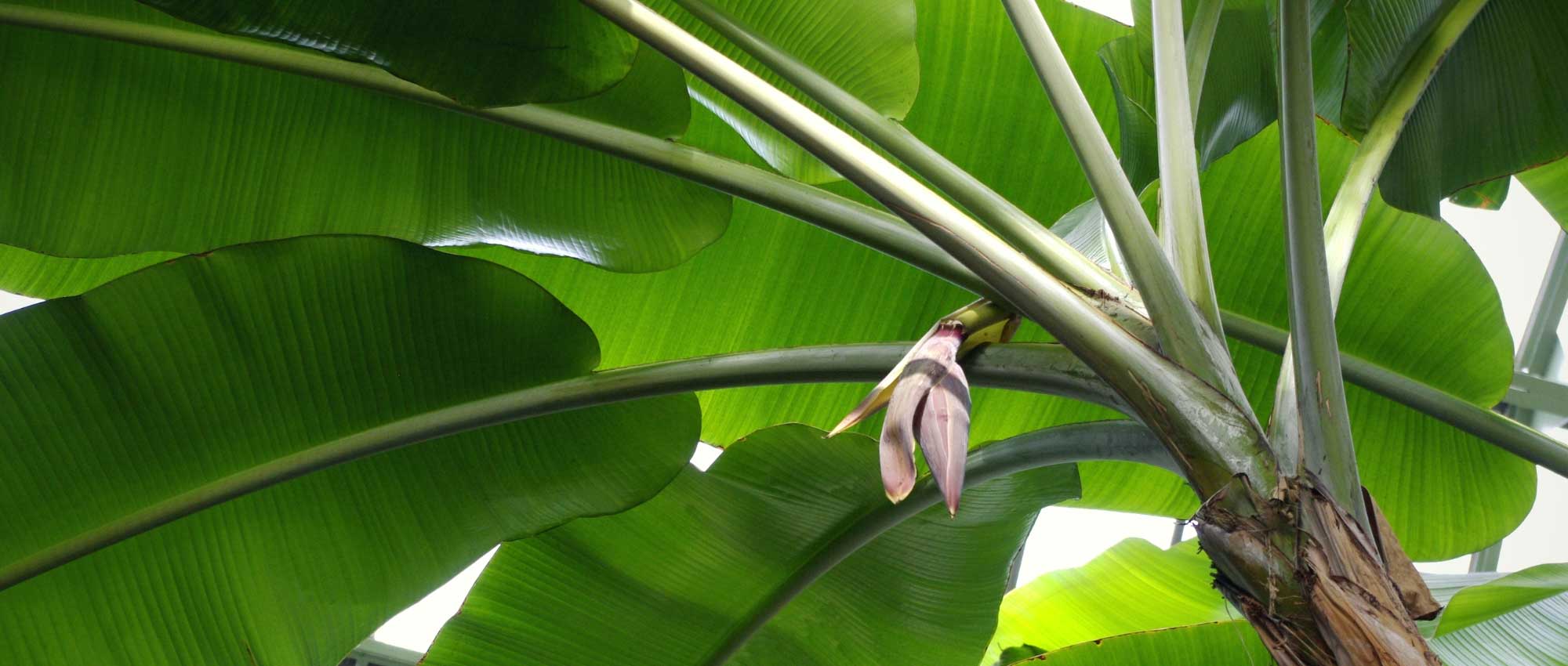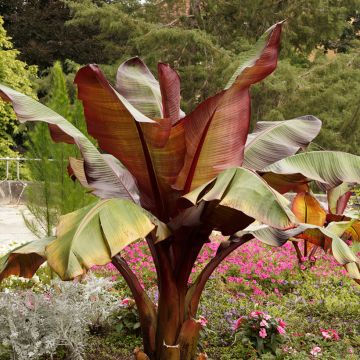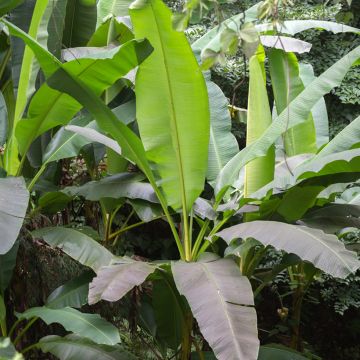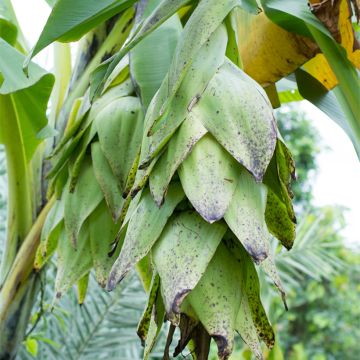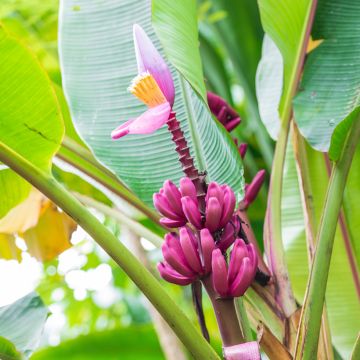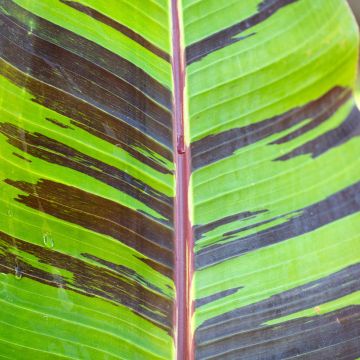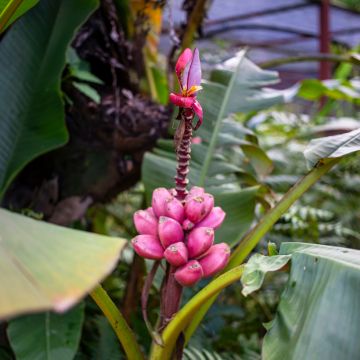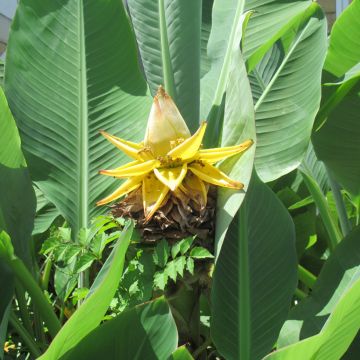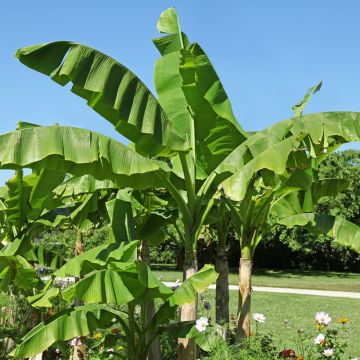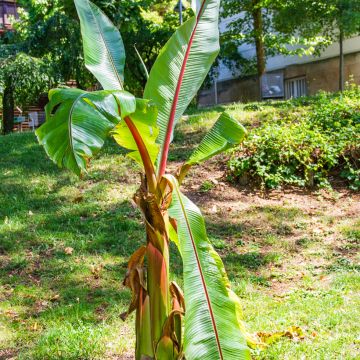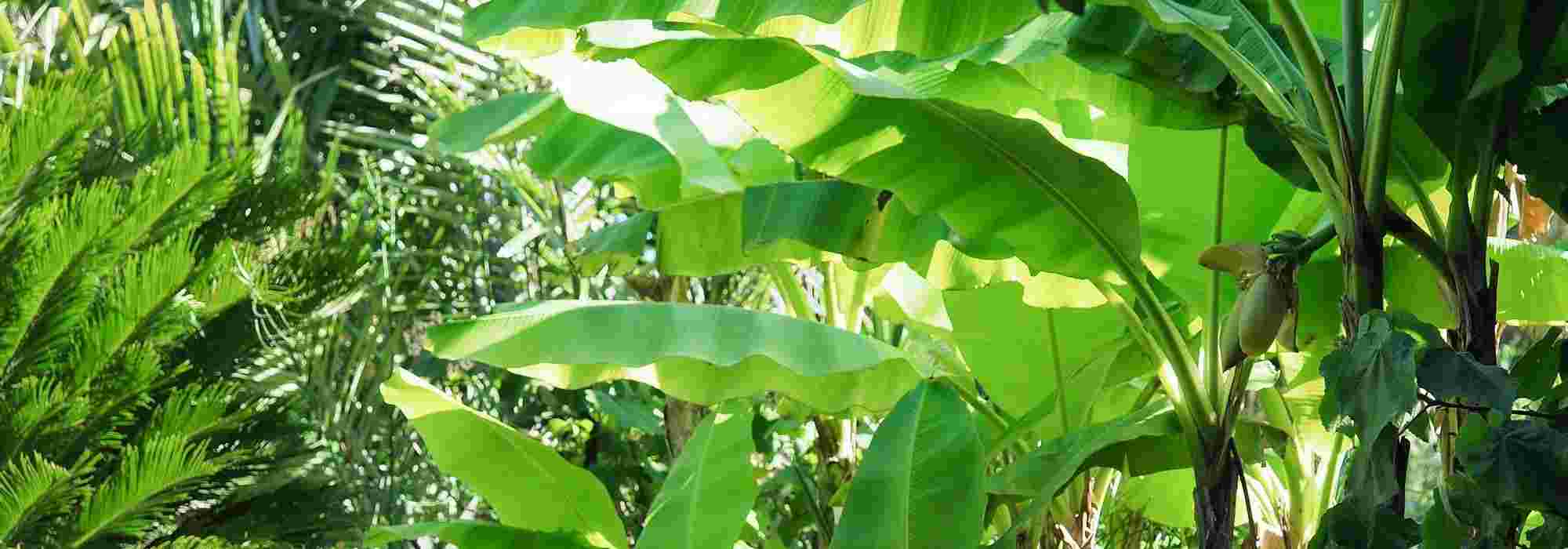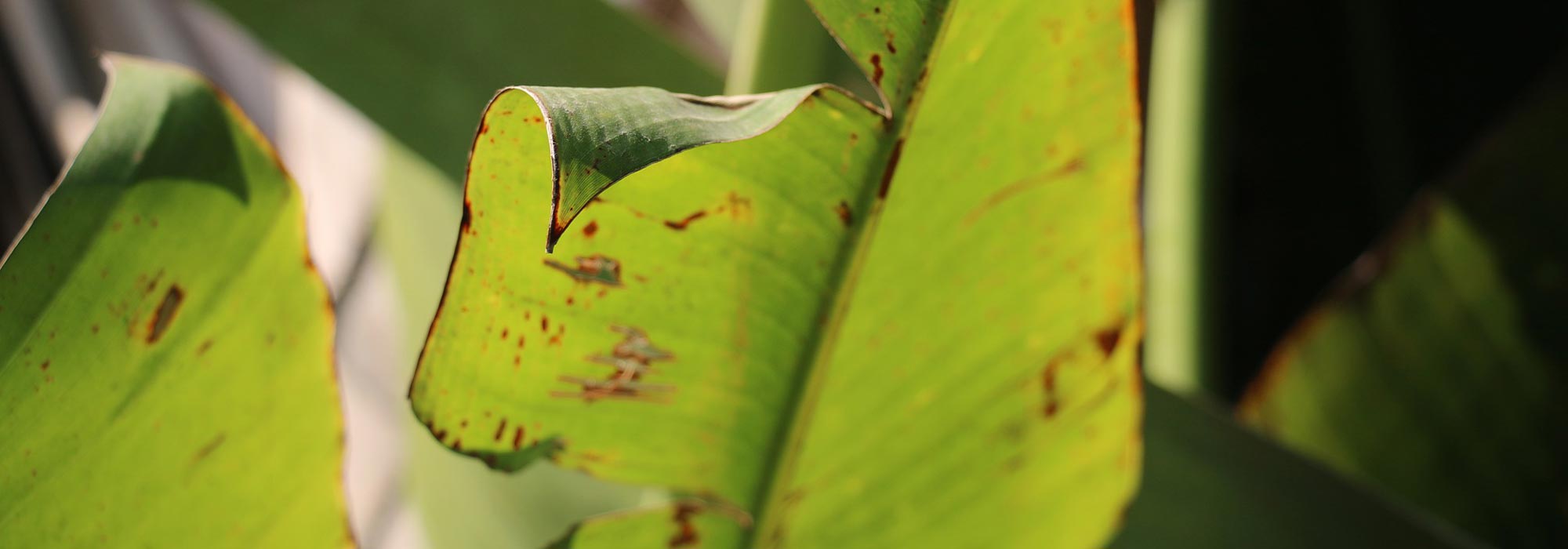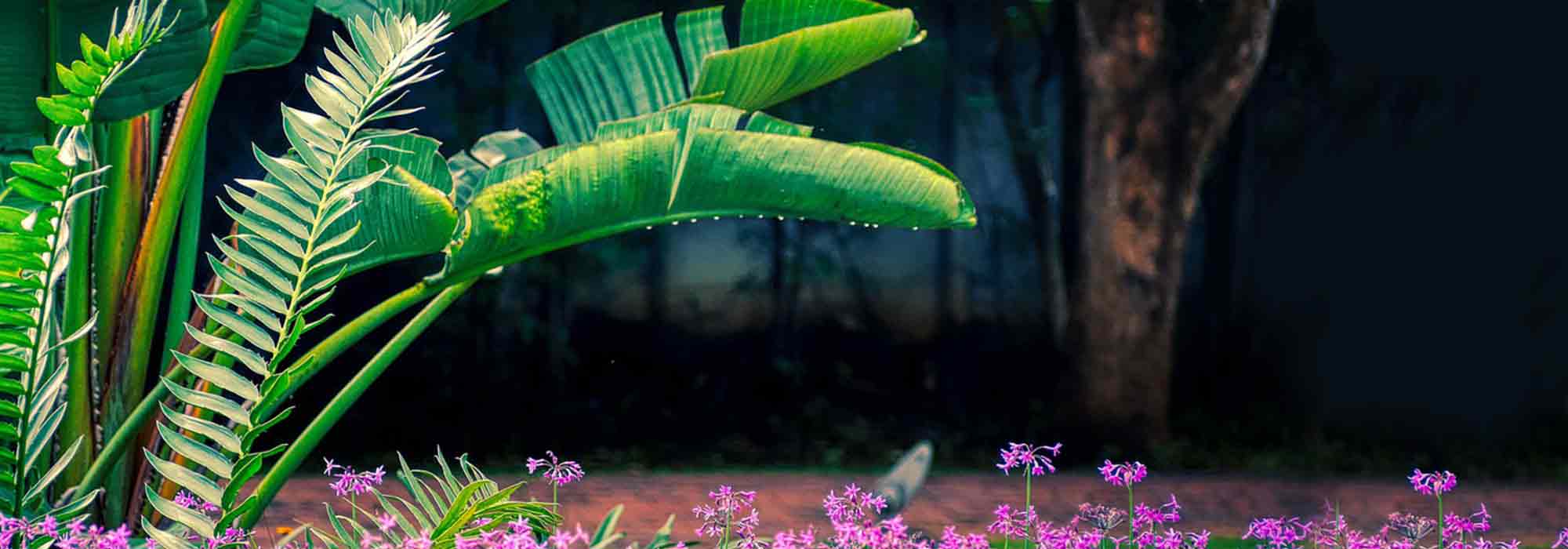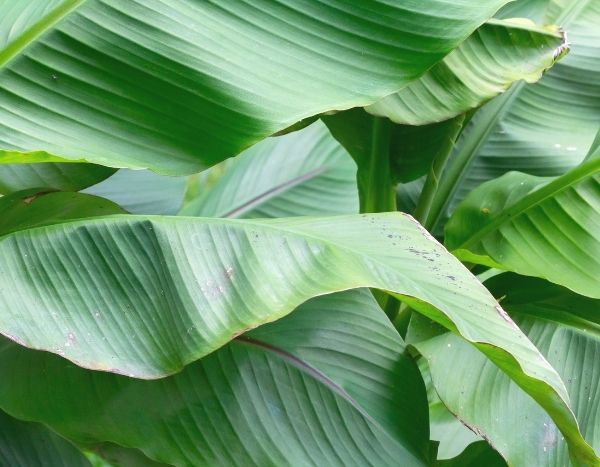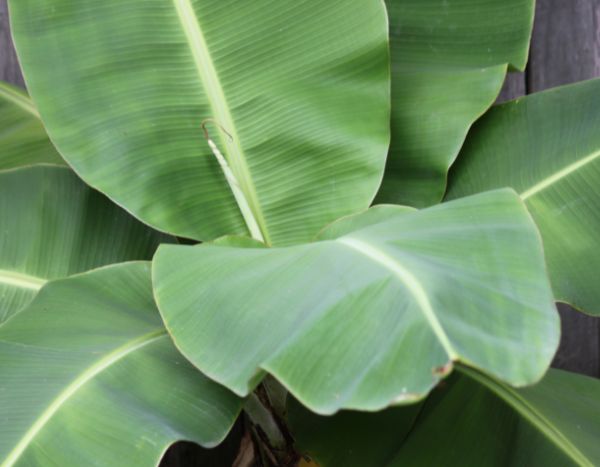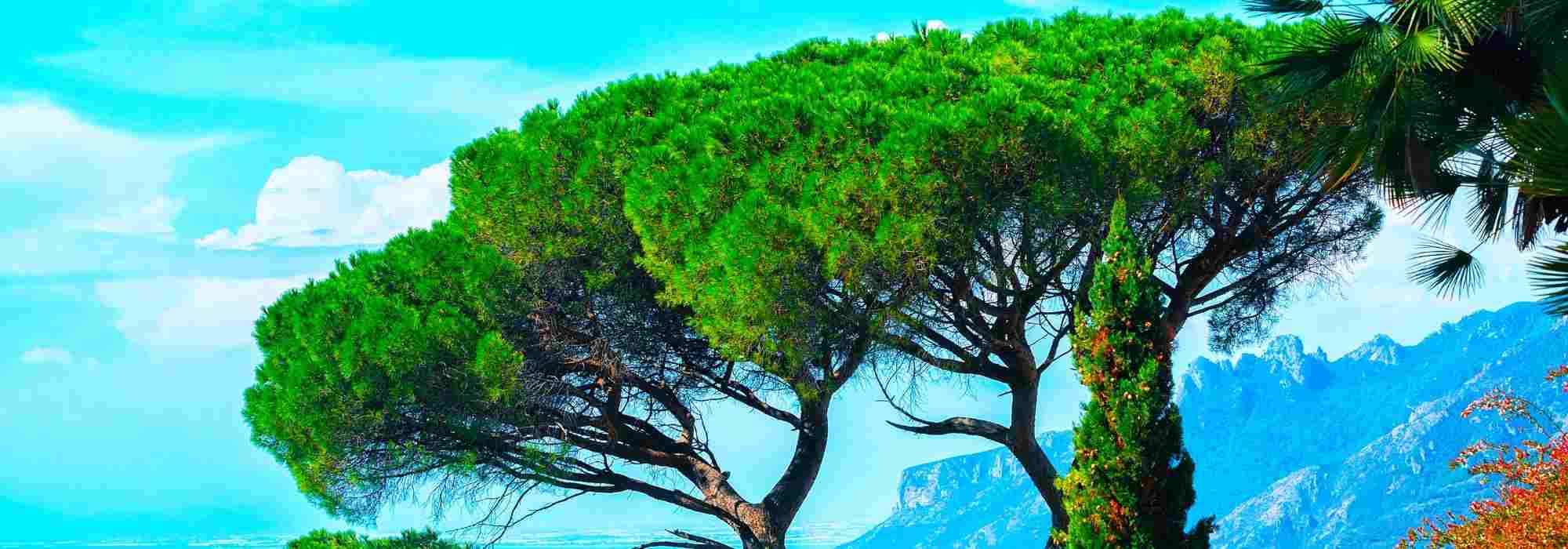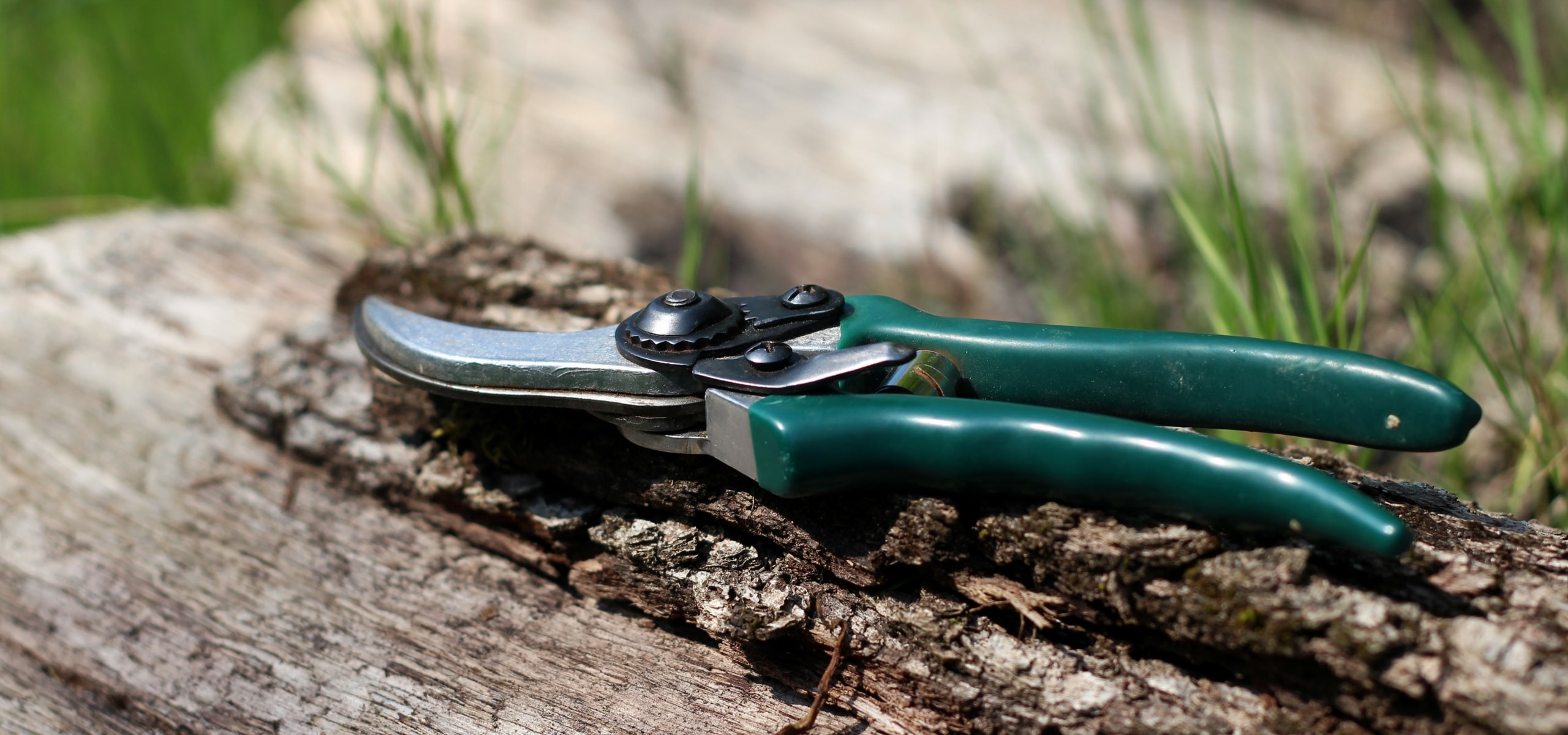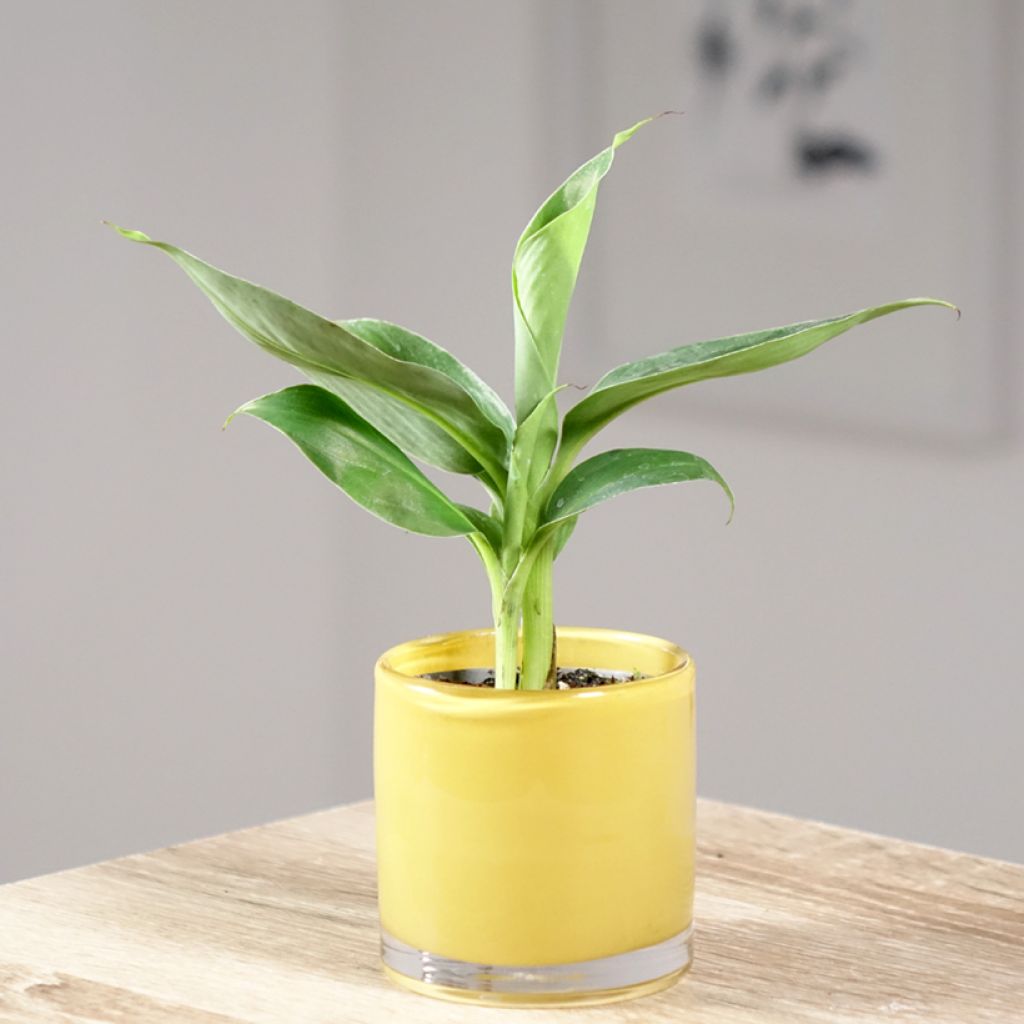

Musa acuminata - Banana
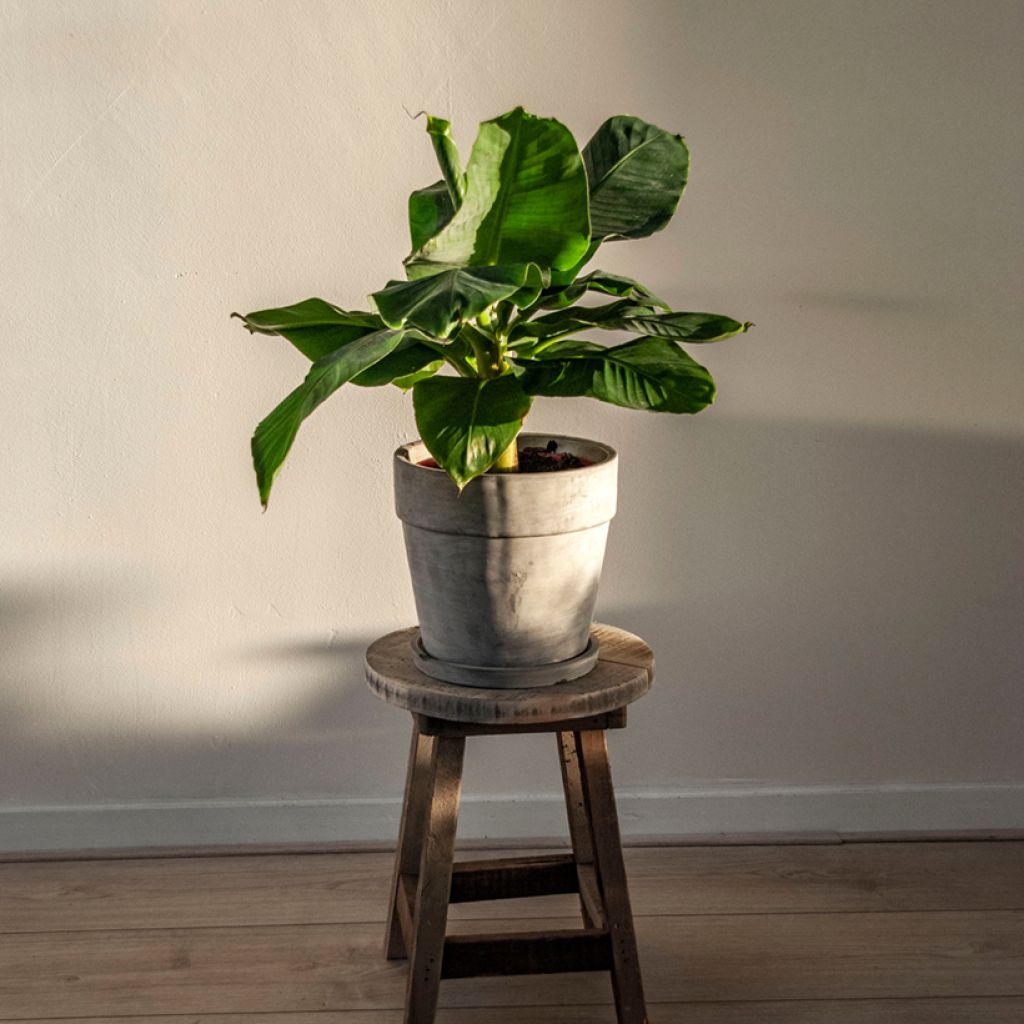

Musa acuminata - Banana
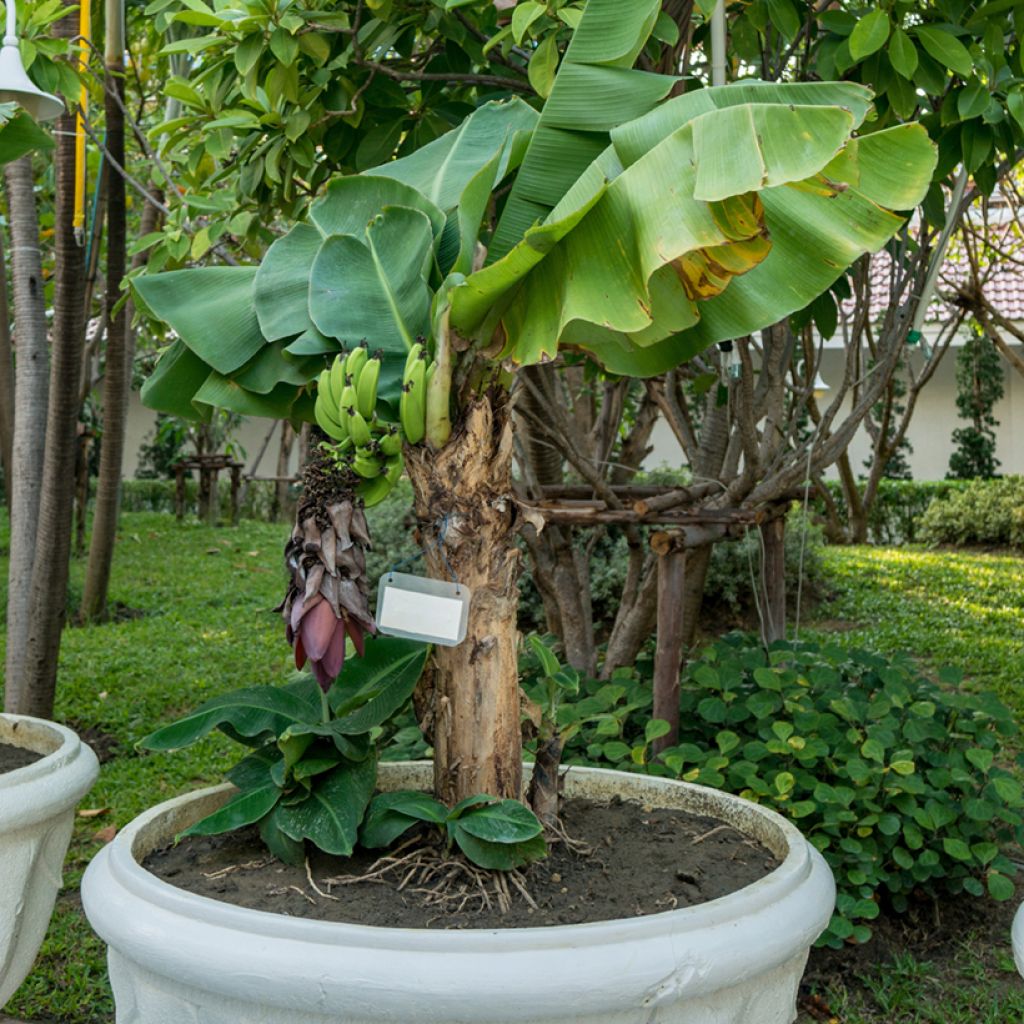

Musa acuminata - Banana
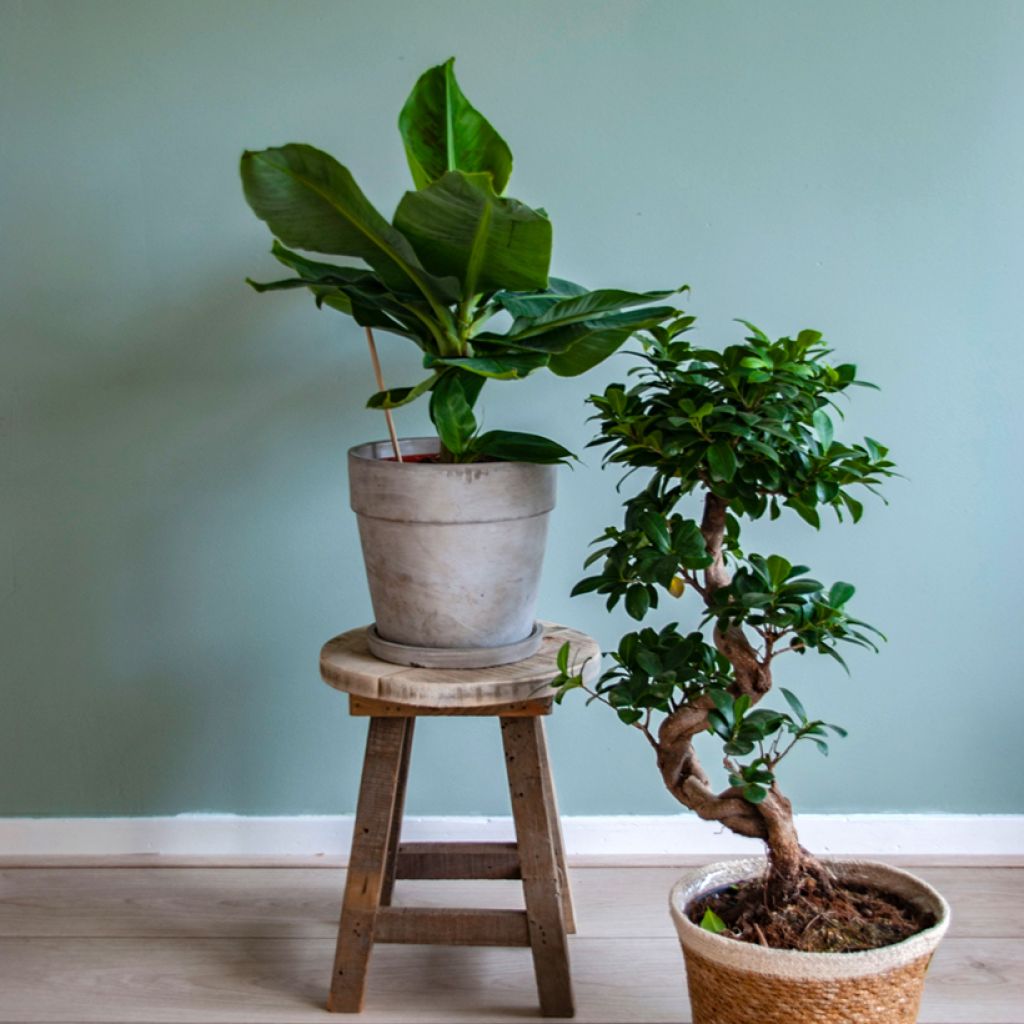

Musa acuminata - Banana
Musa acuminata - Banana
Musa acuminata
Banana
Special offer!
Receive a €20 voucher for any order over €90 (excluding delivery costs, credit notes, and plastic-free options)!
1- Add your favorite plants to your cart.
2- Once you have reached €90, confirm your order (you can even choose the delivery date!).
3- As soon as your order is shipped, you will receive an email containing your voucher code, valid for 3 months (90 days).
Your voucher is unique and can only be used once, for any order with a minimum value of €20, excluding delivery costs.
Can be combined with other current offers, non-divisible and non-refundable.
Home or relay delivery (depending on size and destination)
Schedule delivery date,
and select date in basket
This plant carries a 30 days recovery warranty
More information
We guarantee the quality of our plants for a full growing cycle, and will replace at our expense any plant that fails to recover under normal climatic and planting conditions.
Description
The Musa acuminata is a botanical Banana Tree native to the tropics, rarely cultivated as a species type because the bananas it produces contain many large seeds that make consumption quite unpleasant. It is a fast-growing species that can only feasibly be grown in our climates in a greenhouse, ensuring sufficient winter temperatures, which requires heating equipment. Spectacular with its huge, vibrant green leaves, it forms an imposing clump that dies after producing a bunch of bananas, renewing itself through suckers that sprout from the base.
With 63 species, the Musa genus is the most significant in the Musaceae family, which it lends its name to, alongside the Ensete genus. The Musa acuminata species originates from a broad region of Southeast Asia stretching from India to the Philippines, including southern China, Malaysia, and Thailand. It grows wild from sea level up to 1,200 metres' altitude, in humid forests and even marshy areas. In these warm and moist conditions, the plant exhibits very rapid growth and can reach up to 6 metres in height, sometimes more. It forms a false trunk called a pseudostem made up of the leaf sheathing bases which, stacked together, provide enough rigidity to grow up to 4 or 5 metres tall. Despite its trunk-like appearance, this axis is actually herbaceous, the Banana Tree being a monocotyledonous plant incapable of producing wood-type dicotyledons. Physiologically, despite its imposing size, it is closer to a herb than a tree. The leaves whose bases form the pseudostem unfurl with a lamina that can reach 3 metres long and 70 cm wide. The central leaves grow vertically while the lateral ones spread diagonally, forming a distinctive clump often battered by wind if grown in exposed conditions.
Upon reaching maturity, in 6 to 12 months depending on the climate, this Banana Tree produces an inflorescence as spectacular as its foliage. Borne on a 30 to 50 cm long peduncle, arched downward, the inflorescence—measuring 1.20 metres long—is a giant spike composed of male and female flowers which, after fertilisation by bats or bees, will yield 10 to 15 cm long, green or yellow-green bananas. These fertilised fruits contain brown to black seeds 5 to 6 mm in diameter, distributed throughout the flesh along the length of the banana, making them rather unpleasant to eat. In contrast, commonly cultivated Banana Trees are parthenocarpic, meaning their bananas do not contain any seeds. After producing this intense effort—as dozens of bananas ripen—the plant dies, but the stump produces suckers that will grow in its place.
The Musa acuminata is a spectacular wild plant but challenging to cultivate in our climates because it is strictly tropical and non hardy origin, ceasing growth below 10°C. You can grow it if you have a heated greenhouse in winter, along with a misting system for the warmer months, as it requires ambient humidity during the growing season. Container cultivation is possible, which will limit its growth, though in this case, it is wiser to choose its dwarf form, the Musa acuminata 'Dwarf Cavendish', equally evocative of the tropics but with proportions better suited to conservatory cultivation. For outdoor planting, exotic plant lovers may prefer the highly hardy and easy to grow Musa basjoo 'Sakhalin' well beyond Mediterranean regions.
Musa acuminata - Banana in pictures


Foliage
Plant habit
Flowering
Botanical data
Musa
acuminata
Musaceae
Banana
Southeast Asia
Other Musa - Banana tree
View all →Location
Location
Maintenance and care
Watering tips
Potting advice, substrates and fertilisers
Houseplant care
Disease and pest advice
Maintenance and care
Planting & care advice
This item has not been reviewed yet - be the first to leave a review about it.
Haven't found what you were looking for?
Hardiness is the lowest winter temperature a plant can endure without suffering serious damage or even dying. However, hardiness is affected by location (a sheltered area, such as a patio), protection (winter cover) and soil type (hardiness is improved by well-drained soil).

Photo Sharing Terms & Conditions
In order to encourage gardeners to interact and share their experiences, Promesse de fleurs offers various media enabling content to be uploaded onto its Site - in particular via the ‘Photo sharing’ module.
The User agrees to refrain from:
- Posting any content that is illegal, prejudicial, insulting, racist, inciteful to hatred, revisionist, contrary to public decency, that infringes on privacy or on the privacy rights of third parties, in particular the publicity rights of persons and goods, intellectual property rights, or the right to privacy.
- Submitting content on behalf of a third party;
- Impersonate the identity of a third party and/or publish any personal information about a third party;
In general, the User undertakes to refrain from any unethical behaviour.
All Content (in particular text, comments, files, images, photos, videos, creative works, etc.), which may be subject to property or intellectual property rights, image or other private rights, shall remain the property of the User, subject to the limited rights granted by the terms of the licence granted by Promesse de fleurs as stated below. Users are at liberty to publish or not to publish such Content on the Site, notably via the ‘Photo Sharing’ facility, and accept that this Content shall be made public and freely accessible, notably on the Internet.
Users further acknowledge, undertake to have ,and guarantee that they hold all necessary rights and permissions to publish such material on the Site, in particular with regard to the legislation in force pertaining to any privacy, property, intellectual property, image, or contractual rights, or rights of any other nature. By publishing such Content on the Site, Users acknowledge accepting full liability as publishers of the Content within the meaning of the law, and grant Promesse de fleurs, free of charge, an inclusive, worldwide licence for the said Content for the entire duration of its publication, including all reproduction, representation, up/downloading, displaying, performing, transmission, and storage rights.
Users also grant permission for their name to be linked to the Content and accept that this link may not always be made available.
By engaging in posting material, Users consent to their Content becoming automatically accessible on the Internet, in particular on other sites and/or blogs and/or web pages of the Promesse de fleurs site, including in particular social pages and the Promesse de fleurs catalogue.
Users may secure the removal of entrusted content free of charge by issuing a simple request via our contact form.
The flowering period indicated on our website applies to countries and regions located in USDA zone 8 (France, the United Kingdom, Ireland, the Netherlands, etc.)
It will vary according to where you live:
- In zones 9 to 10 (Italy, Spain, Greece, etc.), flowering will occur about 2 to 4 weeks earlier.
- In zones 6 to 7 (Germany, Poland, Slovenia, and lower mountainous regions), flowering will be delayed by 2 to 3 weeks.
- In zone 5 (Central Europe, Scandinavia), blooming will be delayed by 3 to 5 weeks.
In temperate climates, pruning of spring-flowering shrubs (forsythia, spireas, etc.) should be done just after flowering.
Pruning of summer-flowering shrubs (Indian Lilac, Perovskia, etc.) can be done in winter or spring.
In cold regions as well as with frost-sensitive plants, avoid pruning too early when severe frosts may still occur.
The planting period indicated on our website applies to countries and regions located in USDA zone 8 (France, United Kingdom, Ireland, Netherlands).
It will vary according to where you live:
- In Mediterranean zones (Marseille, Madrid, Milan, etc.), autumn and winter are the best planting periods.
- In continental zones (Strasbourg, Munich, Vienna, etc.), delay planting by 2 to 3 weeks in spring and bring it forward by 2 to 4 weeks in autumn.
- In mountainous regions (the Alps, Pyrenees, Carpathians, etc.), it is best to plant in late spring (May-June) or late summer (August-September).
The harvesting period indicated on our website applies to countries and regions in USDA zone 8 (France, England, Ireland, the Netherlands).
In colder areas (Scandinavia, Poland, Austria...) fruit and vegetable harvests are likely to be delayed by 3-4 weeks.
In warmer areas (Italy, Spain, Greece, etc.), harvesting will probably take place earlier, depending on weather conditions.
The sowing periods indicated on our website apply to countries and regions within USDA Zone 8 (France, UK, Ireland, Netherlands).
In colder areas (Scandinavia, Poland, Austria...), delay any outdoor sowing by 3-4 weeks, or sow under glass.
In warmer climes (Italy, Spain, Greece, etc.), bring outdoor sowing forward by a few weeks.






























